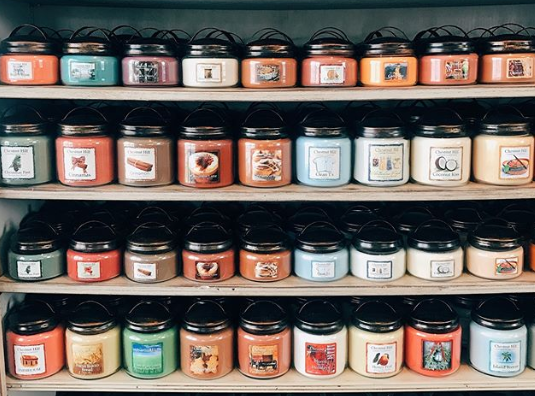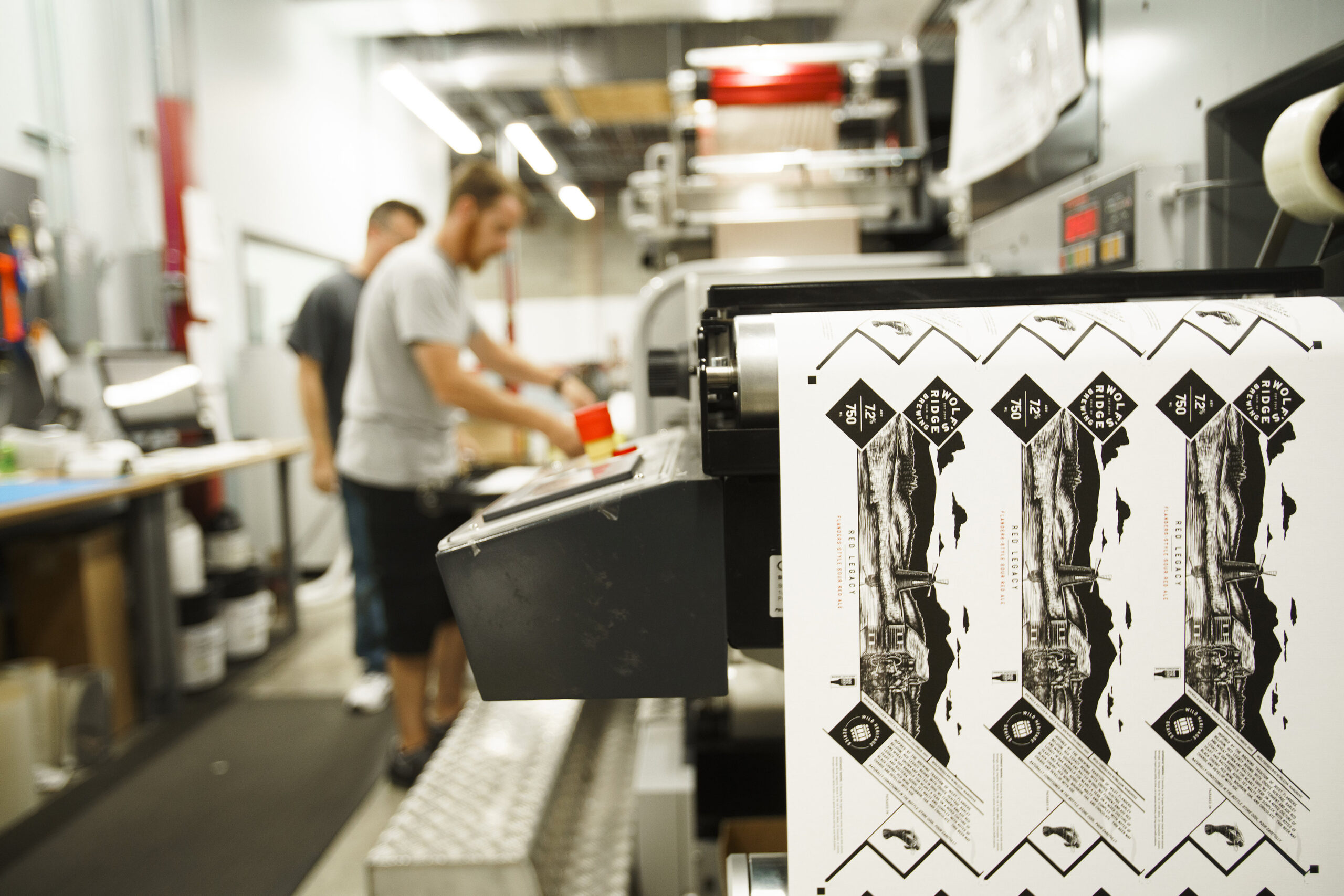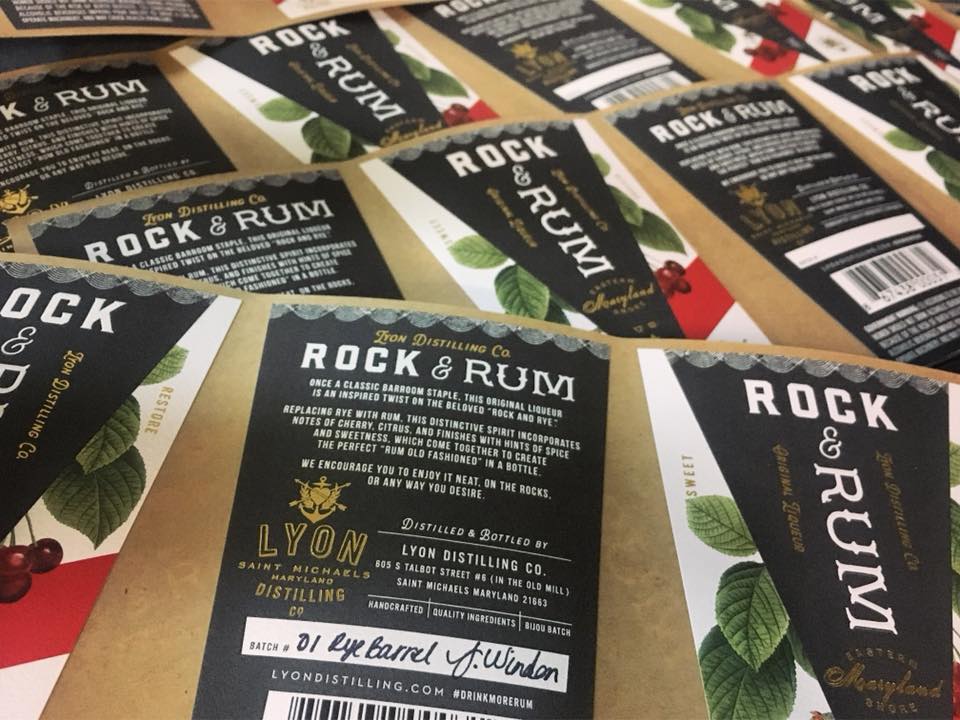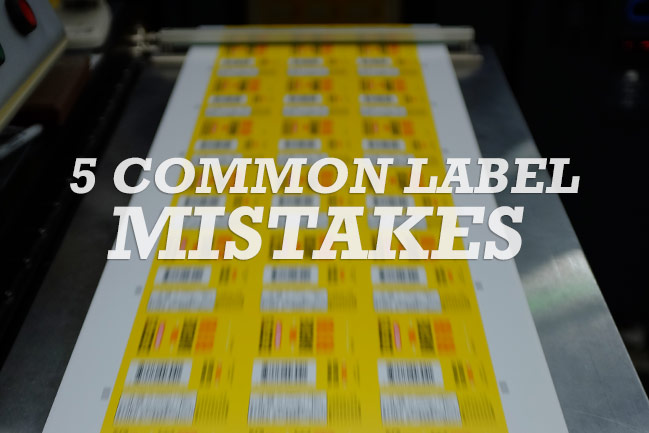Label Considerations for Squeeze Bottles and Other Containers
- adhesives
- MDO
- squeezable labels
- tapering
Whether you’re trying to brand a flexible pouch, a lotion bottle, or some other squeezable container, you need a label that’s flexible enough for the job. These types of products require a labeling solution that’s both rigid and conformable enough to keep its shape with every use. Here are three factors you should consider to make sure you squeeze the most value out of your product labels.
Use a Squeezable Label Material
When it comes to labels for squeezable containers, there’s one go-to option: an MDO film. An MDO is a machine directed orientation BOPP film that is preconditioned to being squeezed and stretched. Essentially, the fibers in MDO films are stretched in all directions. This makes it so the material doesn’t have nearly as much tension as typical materials. As such, the MDO is more likely to return to its original state when squeezed or wrinkled, whether it’s a semi-squeeze film used for a container with slight compound curves or full-squeeze film made for complex squeeze bottles that expand and contract with every use.
An MDO’s ability to balance rigidity and conformability makes it a natural solution for applications with containers or packaging that’s made to grip, squeeze, or contort in some way. The tradeoff for this conformability is that MDOs are a little thinner than other label materials. However, MDOs can still provide the same level of resistance to sun, abrasion, and other problem areas as it’s less flexible counterparts.
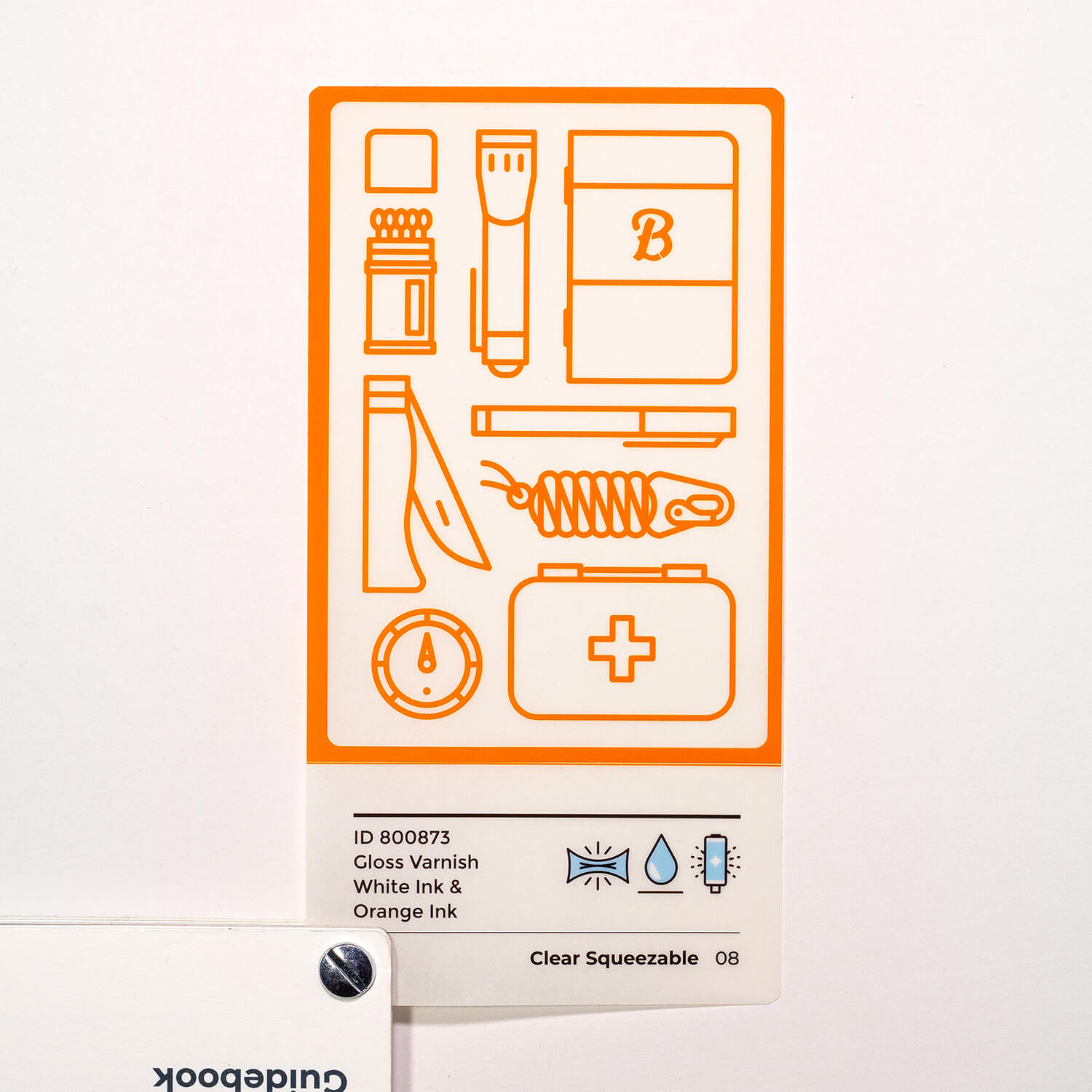
Factor in Container Design
While MDO label materials go a long way toward preventing peeling, wrinkles, and other issues for contoured or squeezable containers, you still need to factor in the design of your container into your label. Labels for contoured containers still need to be adjusted to prevent application issues.
MDO films do offer more flexibility than other materials, but a rectangular label isn’t going to cut it for a non-rectangular packaging. To accommodate the contours of your packaging, design your label around the shape of your container. Tapering your labels will allow you to stay ahead of the curve and help your labels adhere properly to your container.
Plan Adhesives Around End Use
While you may think squeezable packaging may need stronger glue than less hands-on packaging, MDOs typically use less adhesive than common label materials. The reason for using less adhesive is because MDO films are thinner than other options. Less adhesive makes it so adhesive won’t ooze out as people squeeze the container.
While squeezable labels don’t need higher performance adhesives than typical materials, that doesn’t mean that you don’t need to consider other adhesive factors. For one, you’ll want to figure out which adhesive is best for your container. Squeezable plastic containers can vary in surface energy, so certain materials may need a stronger adhesive than others. In addition, curved surfaces generally require a stronger adhesive than flat ones. The stretched out fibers of an MDO will help prevent the need to peel back.
You’ll also want to plan ahead for your applicating environment and end use. If your labels will need to deal with wet surfaces, extreme temperatures, UV light, or potential contamination, you may need to use a certain adhesive to accommodate those conditions and prevent label failure.
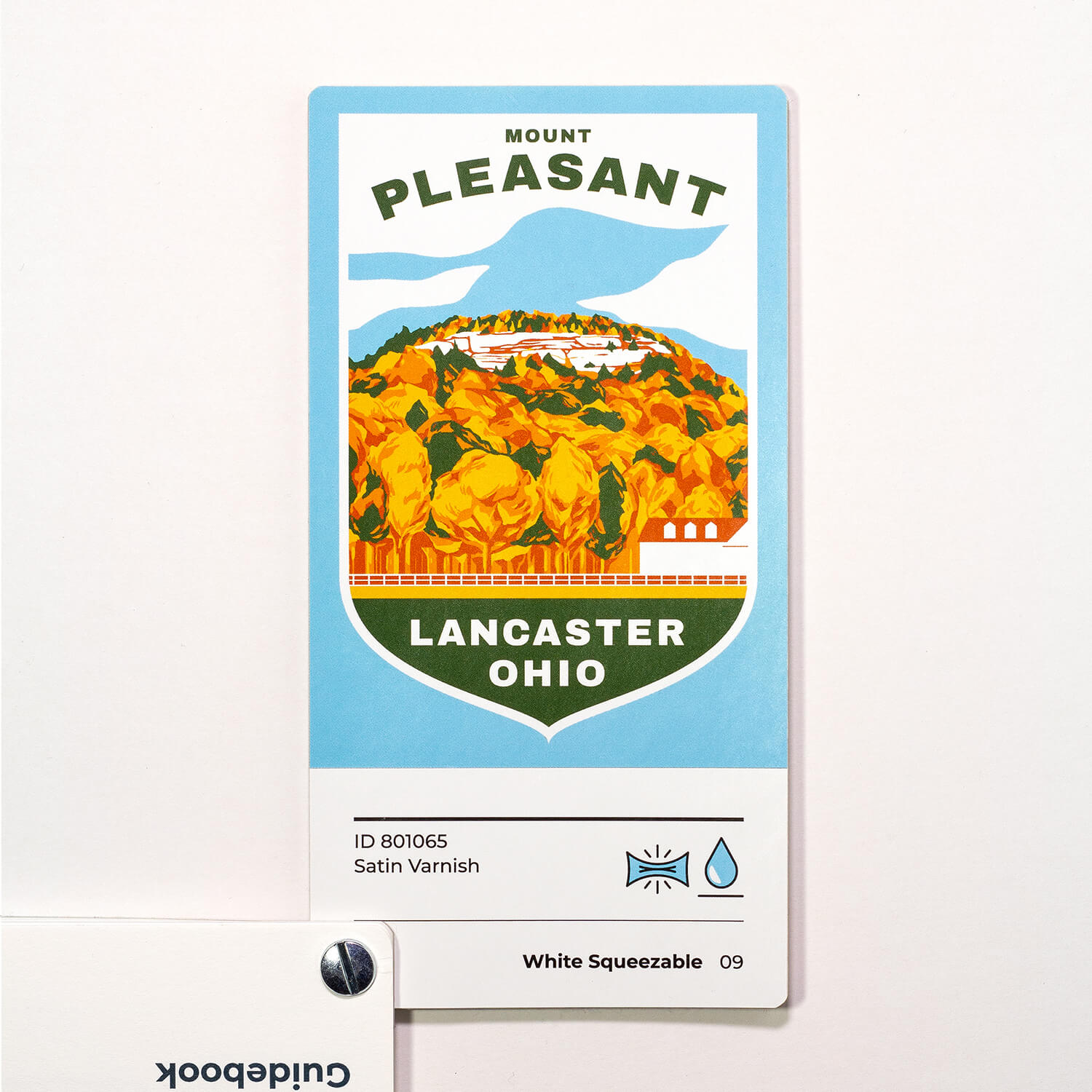
Invest in Squeezable Labels that Conform to Your Needs
If your containers are made to squeeze, it’s time to look for the best, most cost-effective labels for your products. At Blue Label, we’ll work with you to determine a labeling solution that both looks great and performs under pressure. From identifying the perfect label adhesive to uncovering new ways to make your label design shine, we can help your products stand out among the competition.
Ready to invest in a new batch of labels? Contact us today to talk to one of our experts about your project or request some label sample to check out materials for yourself.
